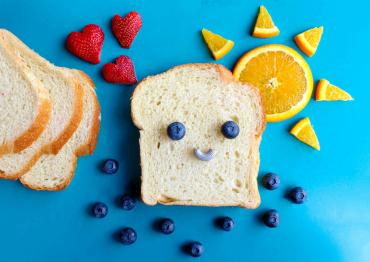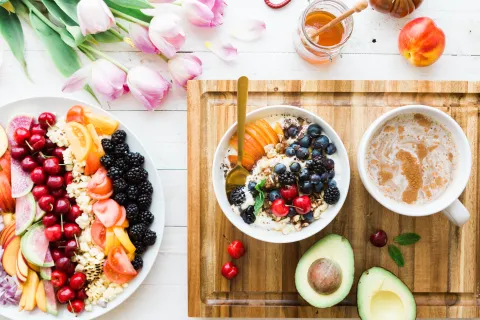Autism and food aversions: 7 Ways to help a picky eater
By psychologist Emily KuschnerAutism often goes hand in hand with food aversions; an expert provides strategies for gently expanding a narrow diet.
If you have a picky eater with autism, know that you’re not alone. A recent review of scientific studies found that children with autism are five times more likely to have mealtime challenges such as extremely narrow food selections, ritualistic eating behaviors (e.g. no foods can touch) and meal-related tantrums.
Researchers are still trying to fully understand the autism-picky eating connection. And Autism Speaks is currently funding a research project focused on expanding food choices by addressing underlying anxiety, inflexibility and sensory issues.
Meanwhile, the lead researcher of this new project – psychologist Emily Kuschner, PhD, of the Children’s Hospital of Philadelphia (CHOP) – recommends the following strategies to gently expand the diet of picky eaters with autism. CHOP is a member of Autism Speaks Autism Treatment Network.
Strategies to expand the diet of picky eaters with autism
-
Rule out medical problems
- If your child is clamping her lips shut when offered a certain food, it may be that she knows it will make her stomach hurt. Gastrointestinal distress is common among children with autism, many of whom can’t easily describe their distress. Your child’s doctor can help you figure out if this is the case and how to deal with it.
-
Stay calm
- Many children need to taste a food more than a dozen times before they’re willing to eat it without a fuss. Children with autism-related sensitivities can take longer. Be patient as your child explores and samples new foods. If your child continues to reject a food even after a dozen-plus tries, perhaps he just doesn’t like it. Consider trying a different food. Above all, don’t let mealtime become a family battleground. Instead, get creative.
-
Take steps toward tasting
- Many individuals with autism are afraid to try new things. Help your child explore a new food by looking at it, touching it and smelling it. When he’s ready for a taste, he can try giving the food “a kiss” or licking it before putting a whole bite into his mouth. Sometimes, mixing a new food with a favorite one can help.
-
Tune into textures
- Autism often comes with hypersensitivity to textures. So remember that it may be how a food feels in the mouth, rather than its flavor, that produces a food aversion. The squishiness of a fresh tomato is a classic example. Try chopping or blending such foods to smooth out the offending texture. That tomato, for example, can be chopped into salsa or blended and cooked into pasta sauce.
-
Play with new food
- That’s right. Playing with a new food is another way to build familiarity and decrease mealtime anxiety. Together, try painting with pasta sauce. Use veggies to make faces on pizza. Use cookie cutters to cut sandwiches into fun shapes. While you’re playing, let your child see you taste — and enjoy — the food.
-
Offer choices and control
- Your loved one with autism may need to feel some control over what she puts into her mouth. It’s also okay to simply not like some foods. So try to offer a broad variety and allow choices within the categories you care about. For example, you might decide that your child needs to have one serving of vegetables and one of protein for dinner. So put five types of these foods on the table and allow your child to choose at least one vegetable and one protein. Along the same lines, if you’re making a favorite dish such as pasta, ask your child to add one mystery ingredient for other family members to discover during the meal. She gets to choose: corn, broccoli or chicken?
-
Be careful with rewards
- In the long-run, it’s important to reward and reinforce your child’s flexibility with food and willingness to try to new foods. But blatant bribes can backfire. Your child may eat the food, but won’t learn to enjoy it or understand why it’s important to eat a well-rounded diet — and that’s the goal. Let dessert and treats be part of meals and snacks, but don’t use them as carrots to get your child to eat … carrots.









